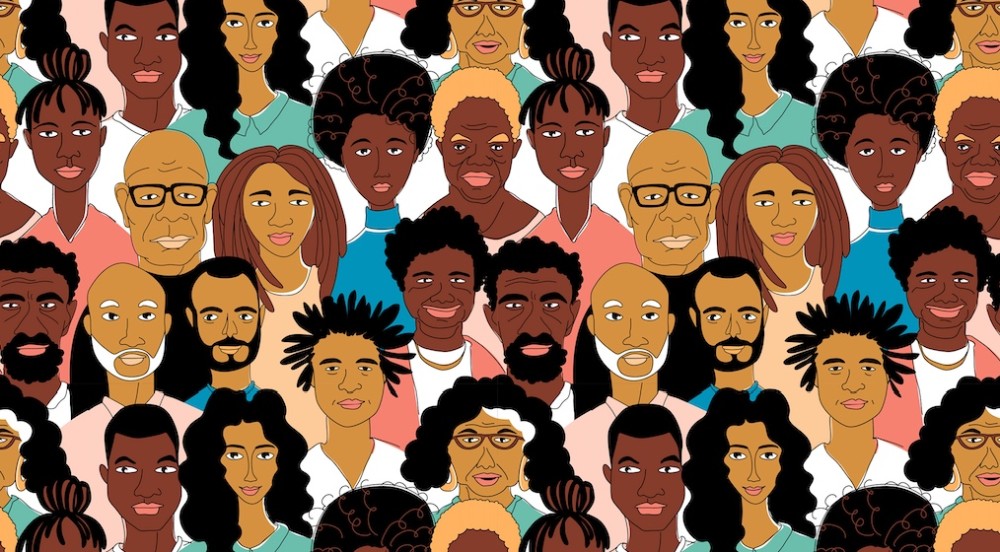By the time Americans born in the year 2000 reach age 45, less than half of the nation will be white. Commonly referred to as “the browning of America”, the transition of the United States from a majority white nation to a majority-minority country has given rise to an evolving discourse on what that means for the nation at large. As we stand at the midpoint of this historic shift, five states, in particular, are quickly approaching the browning point.
Neighborhood and property data resource site, NeighborWho, dug into the latest U.S. Census Bureau numbers to determine that Georgia (2023), New Jersey (2024), Florida (2025), New York (2025), Arizona (2029) will all see their white population drop below 50 percent by the end of this decade. “America is changing, and the way we view race is also changing,” says Sarah Eckardt, a data analyst for NeighborWho. “The current race categories by the US Census are mostly based on social definitions, which we can see changing over time—especially with the explosion of the number of people who identify as more than one race and some other race.”
Eckardt says we'll likely be making the first crossover in Georgia within the next year, which is likely indicative of internal migration because of work or educational purposes, or external migration—people immigrating from outside of the United States for work or to be closer to family. For years Georgia was a Republican stronghold, flipping to Blue in the 2020 election that ushered the Biden-Harris Administration into the White House and two Democratic nominees into the U.S. Senate.
In the political sphere, this shift has the potential to reposition party strongholds. According to an annual Pew Research study, Democrats have gained a slight edge when it comes to the number of people who identify as left-leaning. While the NeighborWho data is not conclusive on what the crossover means for either faction, Eckardt says it’s likely to be represented in party affiliations.
“Just looking at some of the socio-political background and implications for it, it very much could have an impact, especially because politicians are often representative of their constituents—who they are and what their needs and wants are,” says Eckardt. “So we might be seeing more state shifts from the traditional red to blue, blue to red, and I think it is going to be definitely reflected not only in the decennial Census Bureau but also through the American Community Survey, which is yearly.”
Politics aside, NeighborWho believes their report, American States Movement Toward Increased Diversity: By The Numbers, tells a greater story about how people are beginning to identify. No longer relegating themselves to the strict confines of race utilized by record collectors, people are choosing to dig into their ancestry and reflect that in their answers. Eckardt believes over time those boxes will also change, making way for a more accurate picture of who America is.
“It will really paint the full collage of what makes up the United States in a way that no one feels part of a blanket category,” Eckardt asserts. “And I think it's going to be a lot more beneficial, especially when we talk about the socio-political implications and the economic implications of it. If you really want to do proper outreach. If you really want to have the full, proper picture of what the United States looks like and what we can do moving forward, it’s absolutely necessary.”













